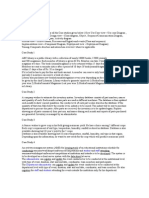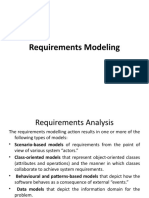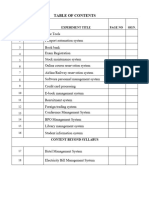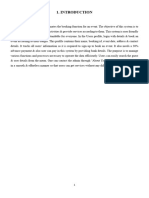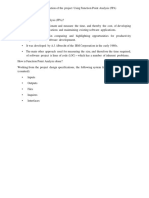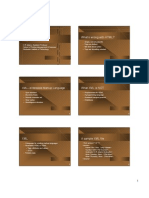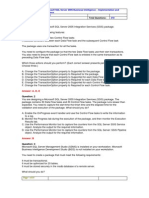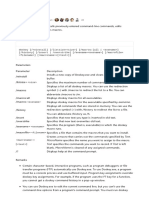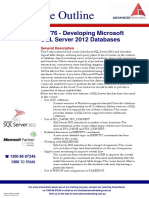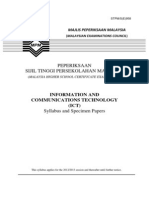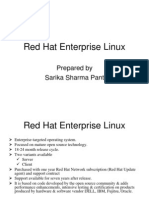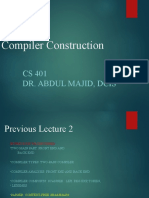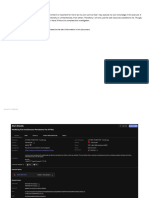0% found this document useful (0 votes)
64 views40 pagesXML2004 v0
The document summarizes a presentation about designing a model-driven application for sharing event calendar information across different departments at UC Berkeley. It discusses the challenges of incompatible data models between departments and applications. It describes using document engineering and user-centered design approaches to develop a shared data model for events and a calendar management tool that allows departments to customize their calendar while sharing event data. The tool uses a centralized event repository with XML feeds to allow individual calendars to maintain their own sites while sharing information. The document outlines the context analysis, user research, document analysis, and component analysis steps taken in the design process.
Uploaded by
api-3698136Copyright
© Attribution Non-Commercial (BY-NC)
We take content rights seriously. If you suspect this is your content, claim it here.
Available Formats
Download as PPT, PDF, TXT or read online on Scribd
0% found this document useful (0 votes)
64 views40 pagesXML2004 v0
The document summarizes a presentation about designing a model-driven application for sharing event calendar information across different departments at UC Berkeley. It discusses the challenges of incompatible data models between departments and applications. It describes using document engineering and user-centered design approaches to develop a shared data model for events and a calendar management tool that allows departments to customize their calendar while sharing event data. The tool uses a centralized event repository with XML feeds to allow individual calendars to maintain their own sites while sharing information. The document outlines the context analysis, user research, document analysis, and component analysis steps taken in the design process.
Uploaded by
api-3698136Copyright
© Attribution Non-Commercial (BY-NC)
We take content rights seriously. If you suspect this is your content, claim it here.
Available Formats
Download as PPT, PDF, TXT or read online on Scribd
/ 40
